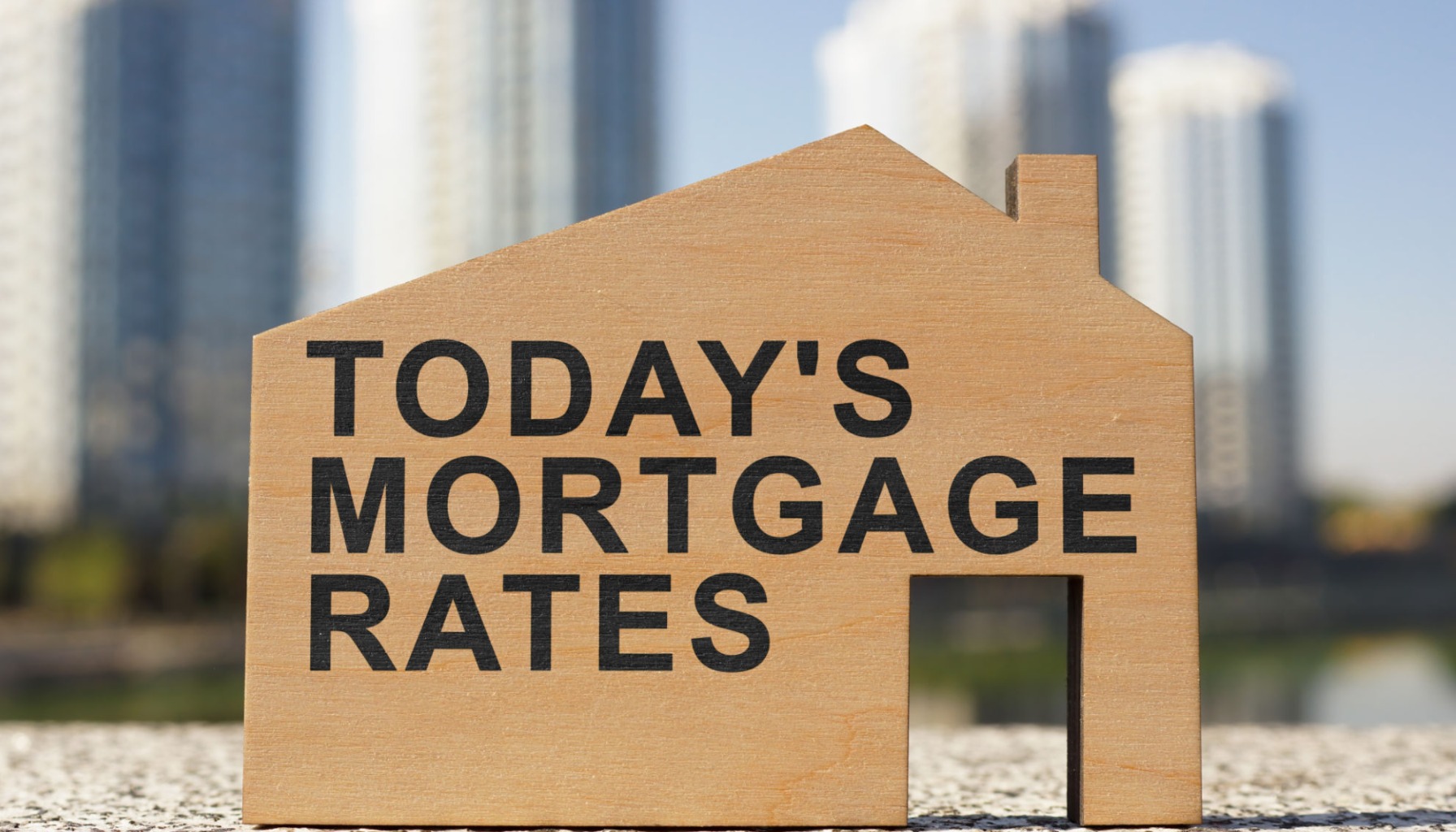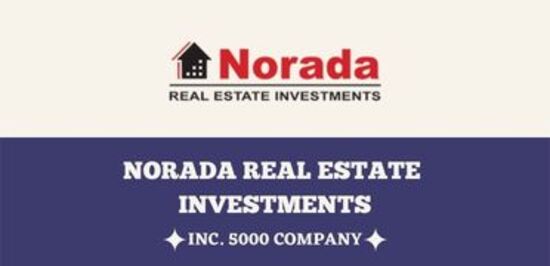As of November 24, 2025, today's mortgage rates are showing a remarkable degree of stability, hovering around the 6.11% mark for a 30-year fixed loan, according to Zillow. This isn't a thrilling development, I know, but for many looking to buy a home or refinance, this predictability can actually be a good thing. We're not seeing wild swings, which means you can feel more confident in making a decision without the nagging fear that rates will dramatically shift overnight.
It feels like just yesterday we were talking about rates being considerably higher, and then the anticipation of Fed cuts brought them down. Now, it seems we've settled into a holding pattern. It's like the market is taking a deep breath, waiting to see what happens next before making any big moves. This steady environment allows us to really dig into the numbers and make informed choices.
Today's Mortgage Rates, November 24: 30-Year FRM Drops to 6.11%, Rates Are Largely Stable
What Are the Numbers for Today?
It’s always helpful to see the exact figures, so here's a breakdown of the current mortgage rates, as reported by Zillow for November 24, 2025:
| Loan Type | Interest Rate (%) |
|---|---|
| 30-year fixed | 6.11 |
| 20-year fixed | 5.94 |
| 15-year fixed | 5.62 |
| 5/1 ARM | 6.17 |
| 7/1 ARM | 6.08 |
| 30-year VA | 5.58 |
| 15-year VA | 5.33 |
| 5/1 VA | 5.32 |
Now, if you're thinking about refinancing your current home loan, the rates can look a little different. Often, refinance rates are slightly higher than purchase rates because lenders see them as a bit more of a risk. Here's what Zillow is showing for mortgage refinance rates today:
| Loan Type | Interest Rate (%) |
|---|---|
| 30-year fixed | 6.28 |
| 20-year fixed | 6.19 |
| 15-year fixed | 5.73 |
| 5/1 ARM | 6.40 |
| 7/1 ARM | 6.43 |
| 30-year VA | 5.64 |
| 15-year VA | 5.30 |
| 5/1 VA | 5.35 |
Fixed Rate vs. Adjustable Rate: Which Makes Sense Now?
This is a question I get asked all the time, and honestly, there’s no single right answer. It really depends on your personal situation and your outlook on the economy.
- Fixed-Rate Mortgages: These are the heroes of predictability. Your interest rate stays the same for the entire life of the loan, meaning your monthly principal and interest payment never changes. With today’s rates sitting in the low 6% range for a 30-year fixed, it offers a lot of comfort. If you plan to stay in your home for a long time and prefer a budget that’s easy to manage, a fixed rate is usually the way to go.
- Adjustable-Rate Mortgages (ARMs): ARMs typically start with a lower introductory interest rate for a set period (like 5 or 7 years) before adjusting based on market conditions. The 5/1 ARM at 6.17% and the 7/1 ARM at 6.08% are currently offering rates that are competitive with, or even slightly lower than, some of the fixed options. This can be a smart move if:
- You plan to sell your home or refinance before the introductory period ends.
- You're comfortable with the possibility of your payments increasing after the fixed period.
- You believe interest rates might go down in the future, allowing you to refinance into a better fixed rate later.
My personal take? Right now, with rates as stable as they are, locking in a 30-year fixed rate at 6.11% feels like a very solid decision for most homeowners looking for long-term peace of mind. If you were thinking of an ARM, the spread between the ARM fixed period and the 30-year fixed isn't as dramatic as it sometimes can be.
Refinance Rates vs. Purchase Rates: What's the Story?
You might have noticed that refinance rates are generally a little higher than purchase rates. Why? It’s a bit of a nuanced issue for lenders. When you're buying a new home, the lender is financing a new asset. When you refinance, they're essentially taking on an existing debt. There can be more perceived risk, hence the slightly higher rates. Also, the economic factors that influence these rates can sometimes have a slightly different impact on purchase versus refinance markets. Lenders are constantly evaluating the current market value and risk associated with each scenario.
The VA Loan Advantage
For eligible veterans and active-duty military personnel, the VA loan continues to be a fantastic option. As you can see, the VA loan rates are consistently lower than conventional loan rates.
- 30-year VA fixed: 5.58% (compared to 6.11% for conventional)
- 15-year VA fixed: 5.33% (compared to 5.62% for conventional)
This significant difference can translate into tens of thousands of dollars saved over the life of the loan. If you qualify for a VA loan, it’s almost always worth exploring.
Will Mortgage Rates Go Down This Month (or Soon)?
This is the million-dollar question, isn't it? Based on the chatter I'm hearing and the data available, a significant drop in mortgage rates this month looks unlikely.
A Bankrate poll for the week of November 20-26, 2025, showed that the majority of experts (58%) expected rates to stay pretty flat. The remaining experts were split, with some predicting a slight increase and others a decrease.
The general consensus is that rates will likely stay in the low-to-mid 6% range through November. Any significant improvement would probably need to be triggered by further cooling in the labor market or other strong signs of economic slowdown.
Related Topics:
Mortgage Rates Trends as of November 23, 2025
Mortgage Rate Predictions for the Next 30 Days: Nov 10 to Dec 10, 2025
Mortgage Rates Predictions for the Next 12 Months: Nov 2025 to Nov 2026
Mortgage Rates Predictions for Next 90 Days: October to December 2025
What's Influencing These November Rates?
Several forces are at play, creating this current environment of rate stability:
- The Federal Reserve's Actions (and Inactions): The Fed has been actively managing interest rates. They've already made a couple of quarter-point cuts to their benchmark rate in 2025. However, recent comments from Fed Chair Jerome Powell have suggested that further cuts aren't a foregone conclusion. This has created some upward pressure on mortgage rates, as lenders aren't entirely confident about future rate drops. The Fed's ongoing reduction of its balance sheet also tends to contribute to higher borrowing costs.
- Economic Data Delays and Uncertainty: You might recall that a government shutdown caused some key economic data, like the crucial jobs report, to be delayed. This creates uncertainty for policymakers and investors. If future economic data consistently shows a cooling labor market, it could give the Fed more room to cut rates, potentially bringing mortgage rates down. Conversely, if inflation remains stubbornly high or the job market stays strong, it could pressure rates to stay put or even tick up.
- Investor Sentiment and the 10-Year Treasury: The yield on the 10-year Treasury bond is a big benchmark for mortgage rates. Right now, it's been nudged up slightly due to market jitters and that lingering inflation. With inflation still hovering around 3%, it keeps yields, and therefore mortgage rates, at these slightly elevated levels. It’s a delicate balancing act for investors and the market.
My Take: Patience and Plan
From my perspective, this period of stability is a good time to be strategic. If you've been on the fence about buying or refinancing, the predictable rates allow you to shop around more effectively and negotiate better terms with lenders. Don't just take the first offer; get quotes from multiple sources.
Consider your long-term financial goals. If you’re buying your forever home, locking in a 30-year fixed rate in the low 6% range feels like a sound and safe move. If you’re more of a short-term player or a real estate investor, an ARM might still make sense, but weigh that potential for lower initial payments against the risk of future increases.
The housing market is always dynamic, and while today’s mortgage rates aren't making headlines for dramatic moves, they are offering a clear path for many to achieve their homeownership dreams. Let's keep an eye on that economic data – that’s where the real clues will be for what happens next.
Beat Inflation & Retire Early with Turnkey Rentals
Turnkey real estate offers powerful tax benefits, monthly cash flow, and long-term equity growth—ideal for early retirement planning.
Norada Real Estate helps you invest in inflation-resistant markets with strong rental demand and built-in tax advantages like depreciation and 1031 exchanges.
🔥 HOT NEW LISTINGS JUST ADDED! 🔥
Talk to a Norada investment counselor today (No Obligation):
(800) 611-3060
Also Read:
- Mortgage Rates Predictions Backed by 7 Leading Experts: 2025–2026
- Mortgage Rate Predictions for the Next 3 Years: 2026, 2027, 2028
- 30-Year Fixed Mortgage Rate Forecast for the Next 5 Years
- 15-Year Fixed Mortgage Rate Predictions for Next 5 Years: 2025-2029
- Will Mortgage Rates Ever Be 3% Again in the Future?
- Mortgage Rates Predictions for Next 2 Years
- Mortgage Rate Predictions for Next 5 Years
- Mortgage Rate Predictions: Why 2% and 3% Rates are Out of Reach
- How Lower Mortgage Rates Can Save You Thousands?
- How to Get a Low Mortgage Interest Rate?
- Will Mortgage Rates Ever Be 4% Again?



